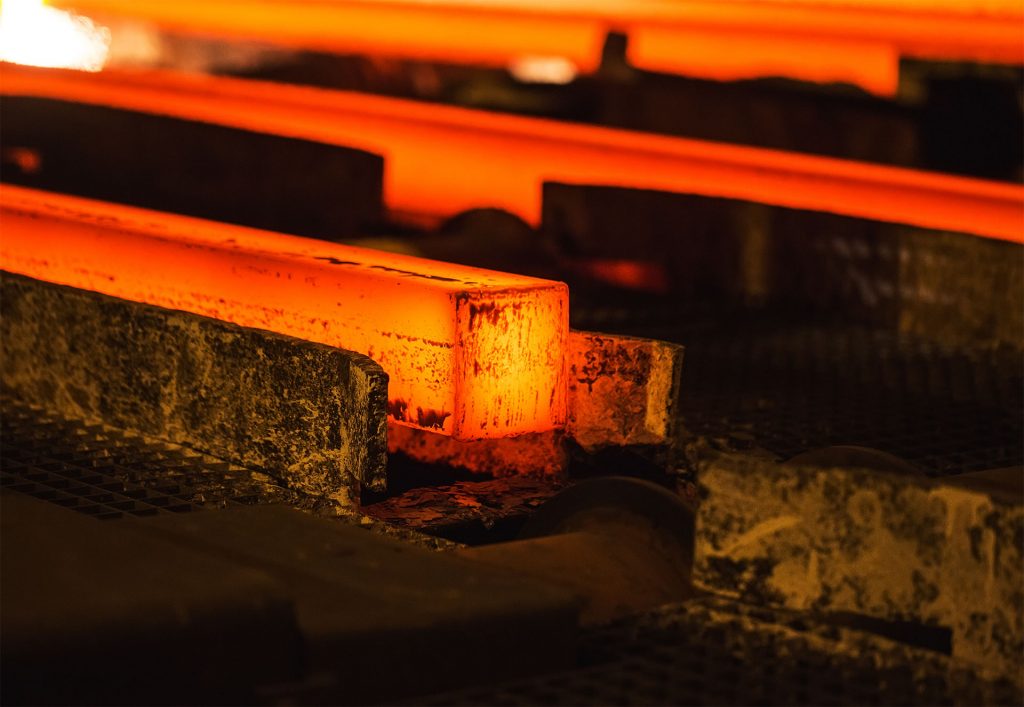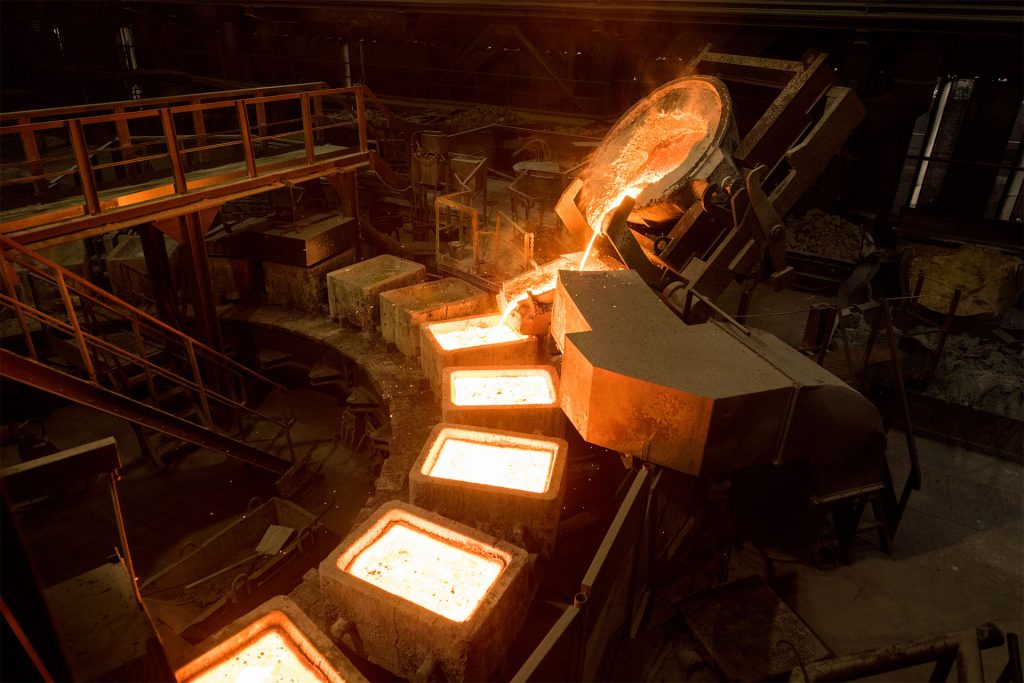Cast Products
QUALITY INSPECTIONS
Tru-Tec NDT provides volumetric and surface inspections of cast products.
Examples of casting processes include centrifugal casting, full mould casting, investment casting, gravity die casting, plaster mould casting, sand casting, shell mould casting. The method to be used depends upon the nature of the products to be cast.
Preliminary examinations of castings utilising Manual Ultrasonic Testing ensuring defects such as primary and secondary piping, shrinkage, tearing, cold shuts, blowholes and porosity can be removed resulting in material soundness prior to further processing.
Surface condition and grain structure size will determine the accuracy of examinations at this stage of the process and UT suitability is proven by carrying out Attenuation checks prior to inspection.

Volumetric examination methods:
Volumetric inspections are implemented to ensure products are acceptable and are compliant to the required acceptance criteria using:
Manual Ultrasonic Testing (UT) – applied to Cast products as per customer and standard requirements.
Time of Flight Diffraction (ToFD) – TOFD transmits ultrasonic waves which are diffracted, and reflected sound waves separated by time. The difference in time is used to locate and size discontinuities. TOFD is used in the examination of piping and pressure vessels because of its advantages over pulsed echo which include speed, objectivity, repeatability, insensitivity to weld surface condition and discontinuity orientation. Assessment of results can be interpreted in real time or recorded for post examination review. This technique can utilise automatic scanning system with an encoder to confirm 100 % coverage and eliminate human error.
Phased Array Ultrasonic Testing (PAUT) – PAUT uses phased array beams which can be steered, scanned, swept and focused electronically, unlike conventional single probe ultrasonic testing. The technique can be used for the inspection of welds, Wrought products and castings. Assessment of results can be interpreted in real-time or recorded for post-examination review. This technique can utilise automatic scanning system with an encoder to confirm 100 % coverage and eliminate human error.
Radiography Testing (RT) – Applied to cast products as per customer and standard requirements.
-
Computer Radiography Testing (CRT) – Applied to cast products as per customer and standard requirements.

Surface examination methods:
Surface inspections are implemented to ensure products are acceptable and are compliant to the required acceptance criteria using:
Magnetic Particle Testing (MT) – Applied to Ferrous material. MT can be carried out using colour contrast and fluorescent techniques using bench units, power packs and portable yokes.
Liquid Penetrant Testing (PT) – Applied to non-ferrous material. PT can be carried out using colour contrast and fluorescent techniques. Tru-Tec NDT utilises its large penetrant line enabling examination of large quantities of components.
Visual Testing (VT) – Applied to all material ensuring the surface condition is suitable for examination and ensuring visible defects are not present. Tru-Tec NDT also remotely visual examines internal bores and weldments using borescopes, which can record examinations.
Hardness Testing – Tru-Tec NDT provides hardness testing in accordance with Rockwell, Brinell and Vickers.
Positive Material Identification (PMI) – Applied to material in order to sort vast quantities of material into likewise groups and to ensure the material under examination correlates to the Mill certificates.
